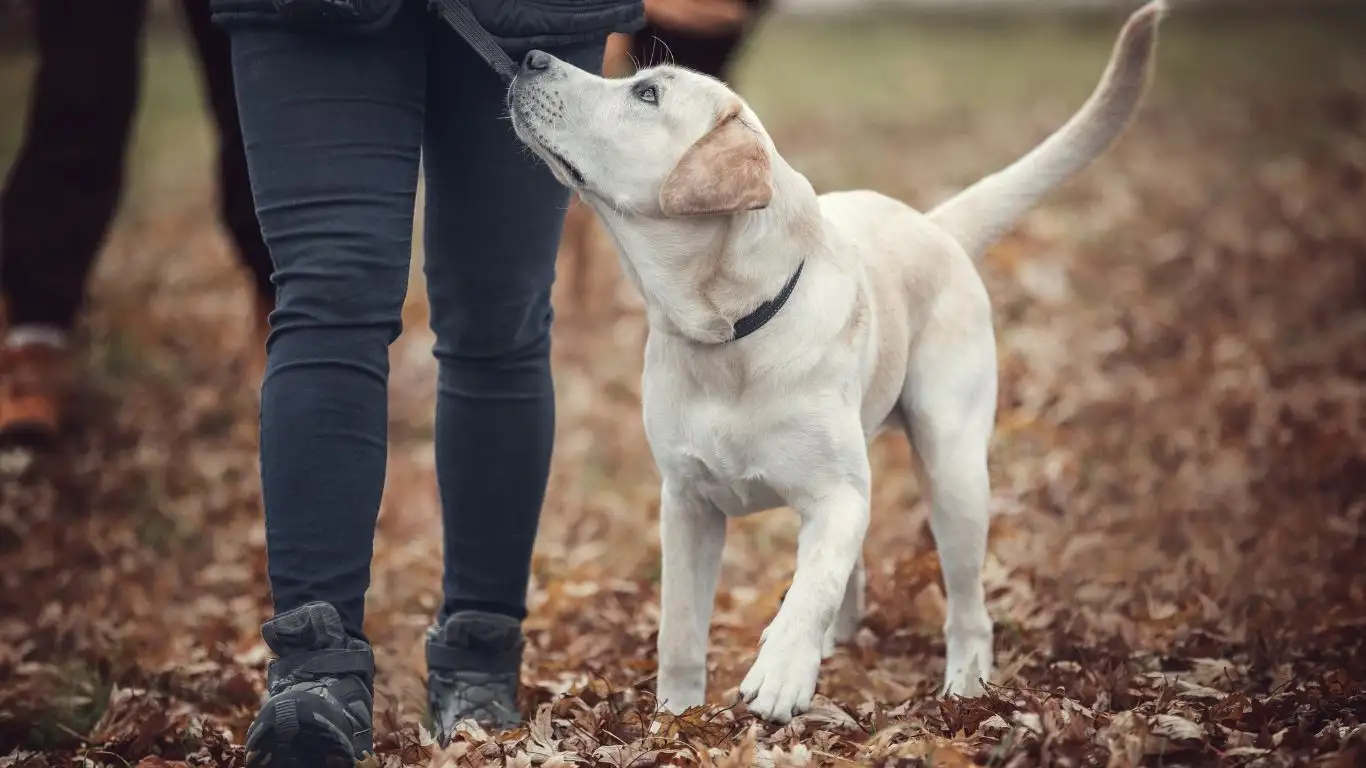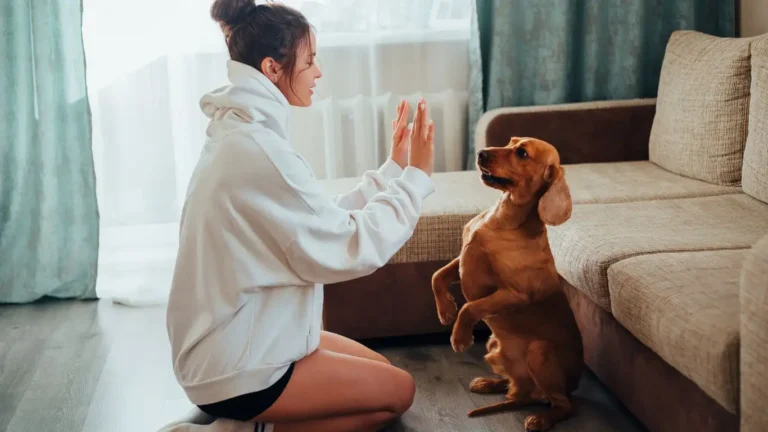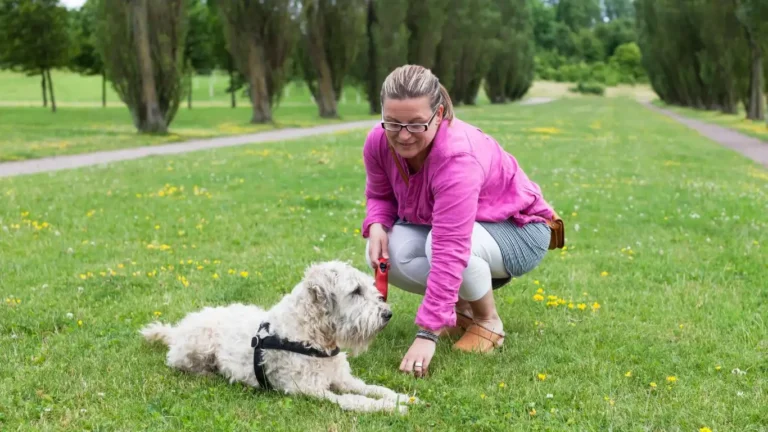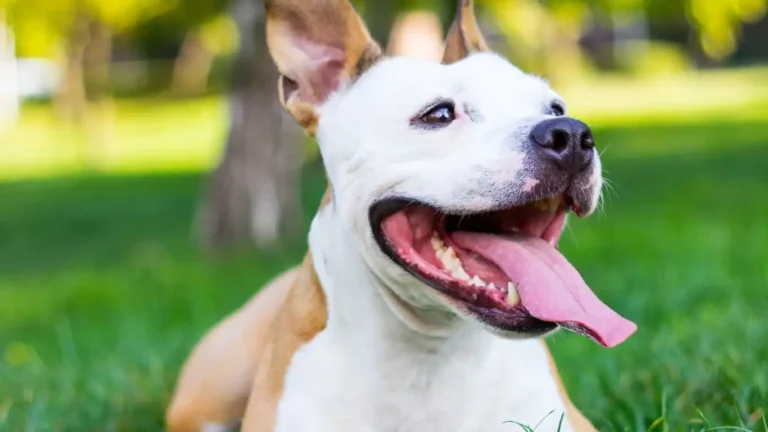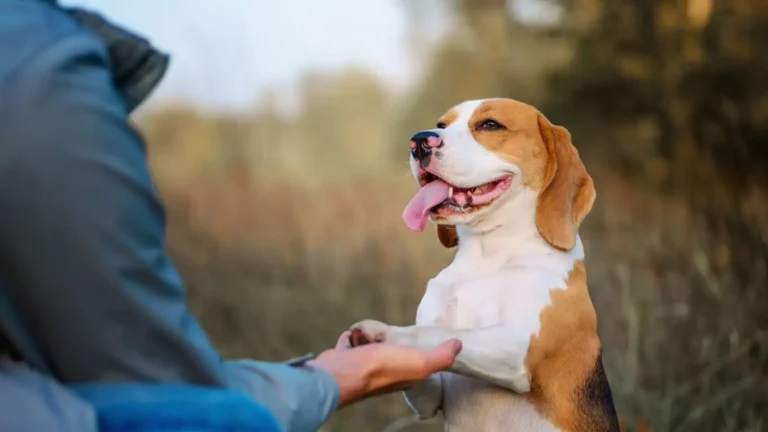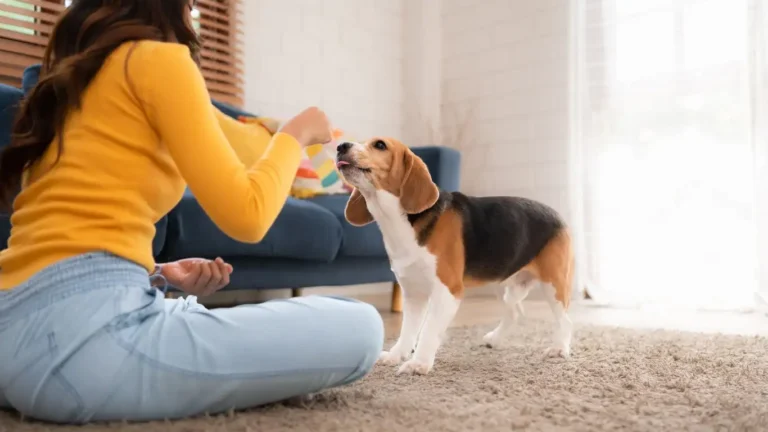How to Train a Dog to Not Pee When Nervous and Build Confidence
Ever had your dog tinkle a little when meeting someone new or during a vet visit? You’re not alone. One of the most common questions I get as a Canine-Assisted Therapy Trainer is: how to train a dog to not pee when nervous. Nervous peeing—also called submissive urination—can be frustrating, but it’s a lot more common than most pet parents realize. And guess what? It’s totally manageable with a mix of understanding, patience, and a sprinkle of canine psychology.
Understanding Why Nervous Peeing Happens
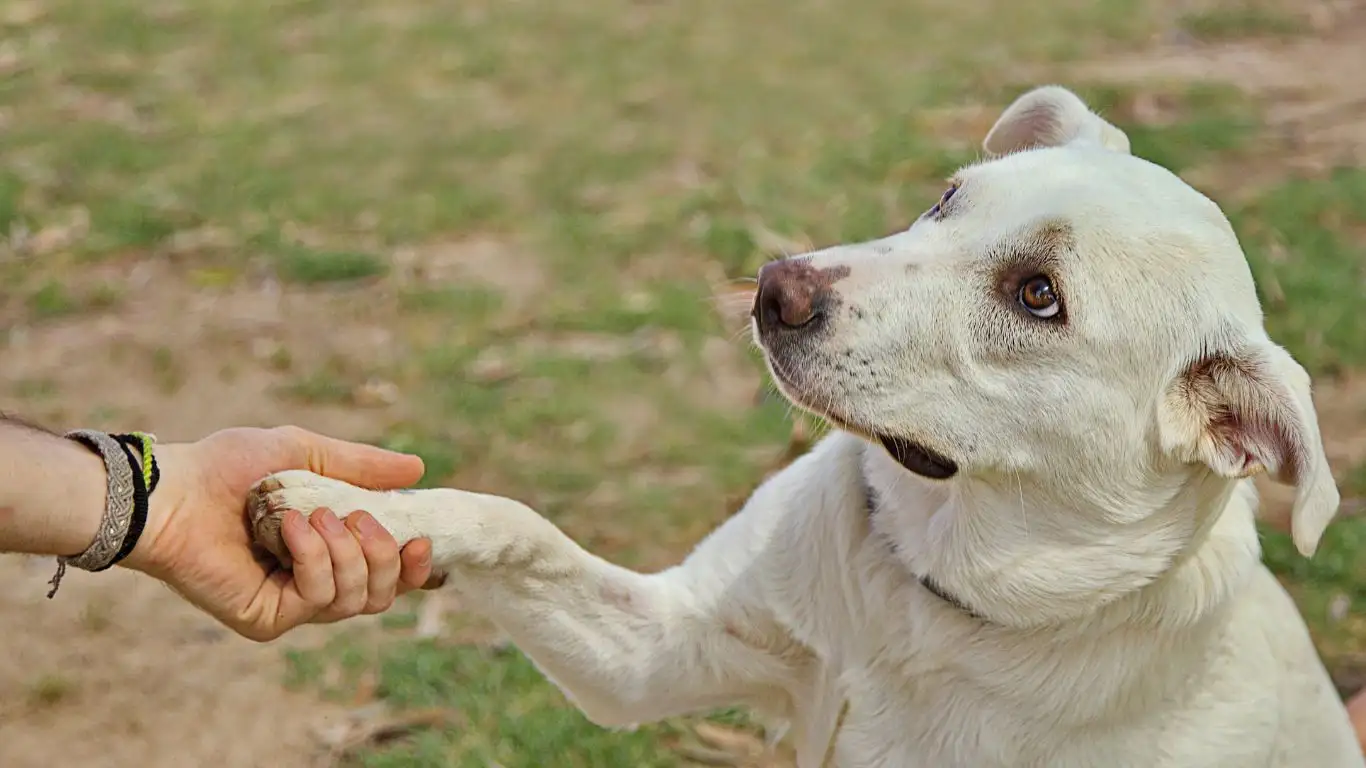
Before we jump into the “how,” we’ve got to talk about the “why.” Dogs, especially puppies and anxious rescues, may pee when they’re feeling overwhelmed, intimidated, or excited. It’s not defiance—it’s instinct. I’ve worked with countless therapy dogs who started their journey as nervous pee-ers, and with the right approach, they became calm, confident companions.
Common Triggers for Nervous Urination
- New people approaching too quickly
- Loud voices or scolding
- Overwhelming environments (like vet clinics or dog parks)
- Being greeted with direct eye contact or towering postures
I remember this one pup, Bella—a golden retriever with a heart of gold but zero bladder control when nervous. Her turning point came when we changed the way people interacted with her. More on that soon.
Start with Calm Greetings and Body Language
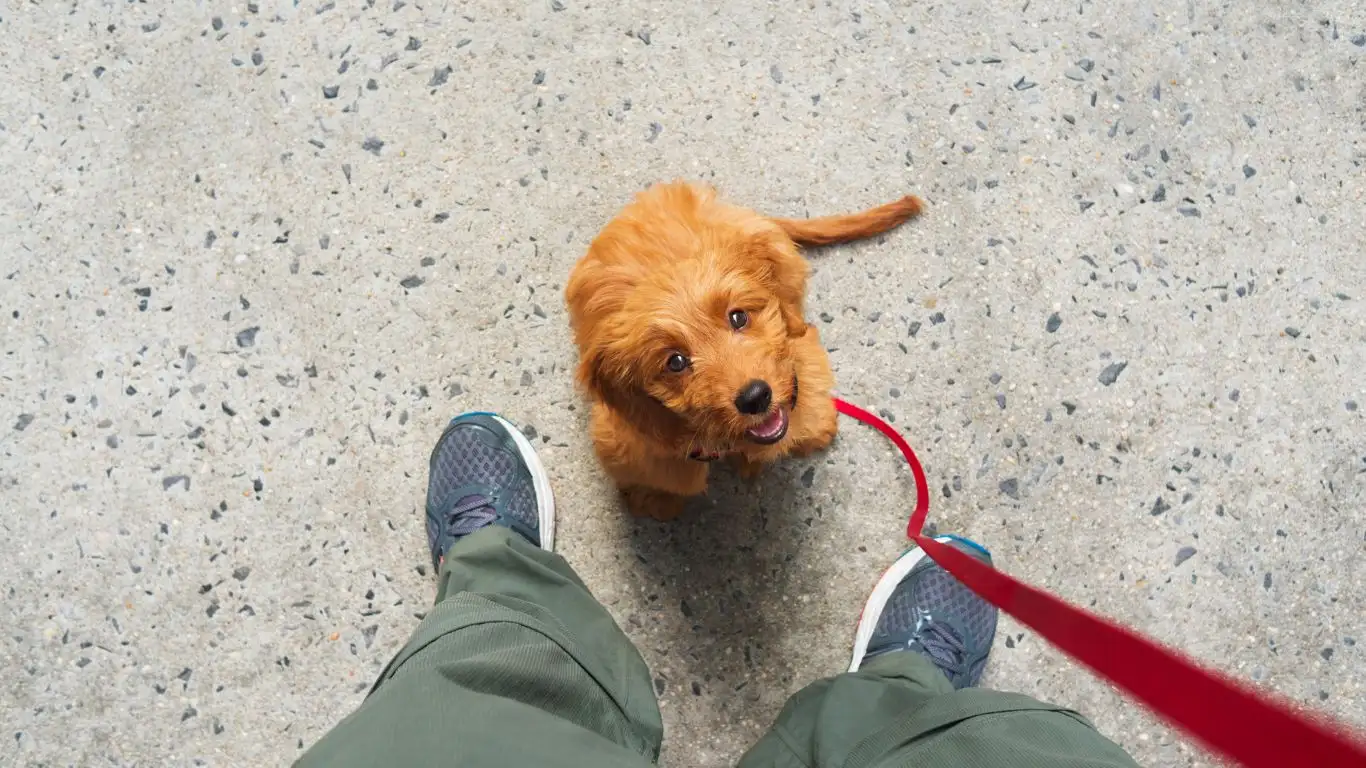
If there’s one quick fix that can drastically cut down on nervous urination, it’s teaching humans how to greet your dog properly. When people come in hot with high-pitched voices and grabby hands, your dog’s anxiety spikes—and so do their chances of peeing.
Tips for Human-Dog Introductions
- Ignore the dog for a moment. No eye contact. Let them come to you.
- Kneel or crouch to appear less intimidating.
- Speak softly. Avoid high-pitched or overly excited tones.
- Pet under the chin or chest—not over the head.
This worked wonders for Bella. I coached her foster family to simply sit quietly and let her come up for sniffing and gentle pets. Within a week, she stopped the nervous accidents during greetings.
Establishing a Safe and Predictable Environment
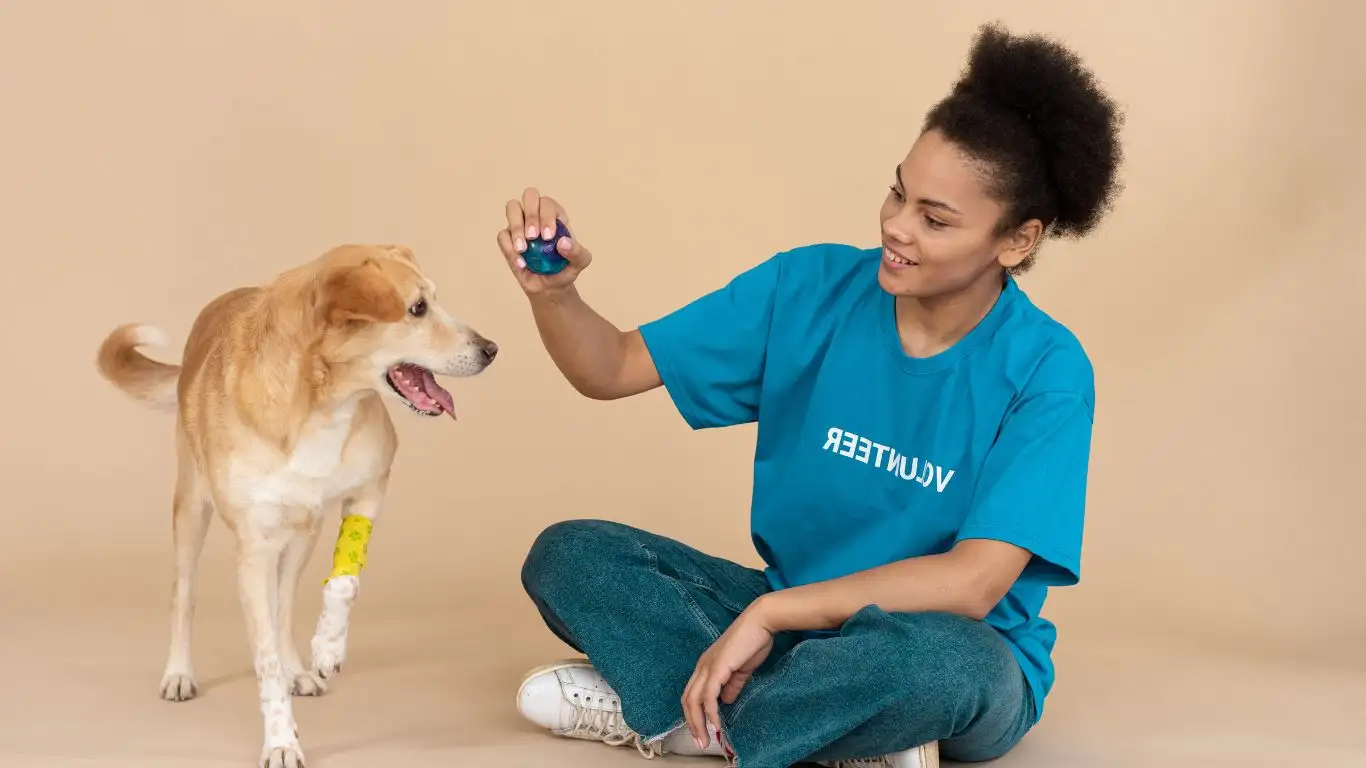
Dogs thrive on routine. When they know what’s coming next, their stress levels drop—big time. One of the best ways to support a nervous dog is to keep their daily rhythm predictable. That includes feeding, walks, playtime, and downtime.
What a Calming Daily Routine Looks Like
- Consistent potty breaks: Take your dog out at the same times every day
- Safe zones: A comfy crate or a quiet room they can retreat to
- Low-stress play: Gentle tug, fetch, or even food puzzles
- Regular training: Short, positive sessions build confidence
One of my current therapy dogs, Max, was a wreck when he came to me. He had been shuffled through multiple homes, and his nerves were through the roof. A calm, reliable routine helped him settle in—and yes, stopped the nervous piddles too.
Don’t Punish—Redirect and Reinforce
Here’s the thing: yelling or punishing your dog for peeing when nervous will only make things worse. I’ve seen it firsthand. Dogs don’t connect the punishment to the accident—they just get more anxious. Instead, focus on redirecting their energy and reinforcing calm behavior.
Effective Responses to Nervous Accidents
- Stay calm. Clean it up without fuss. No eye contact, no harsh tone.
- Note the trigger. What just happened? New visitor? Loud sound?
- Modify the environment. Reduce or control that trigger next time.
- Reward calm behavior. Praise and treat when your dog remains relaxed in similar situations.
I’ll never forget this border collie I worked with—super bright but super anxious. The moment we stopped scolding and started celebrating her calm moments, she began to bloom. Nervous peeing? History.
Building Confidence Through Positive Reinforcement
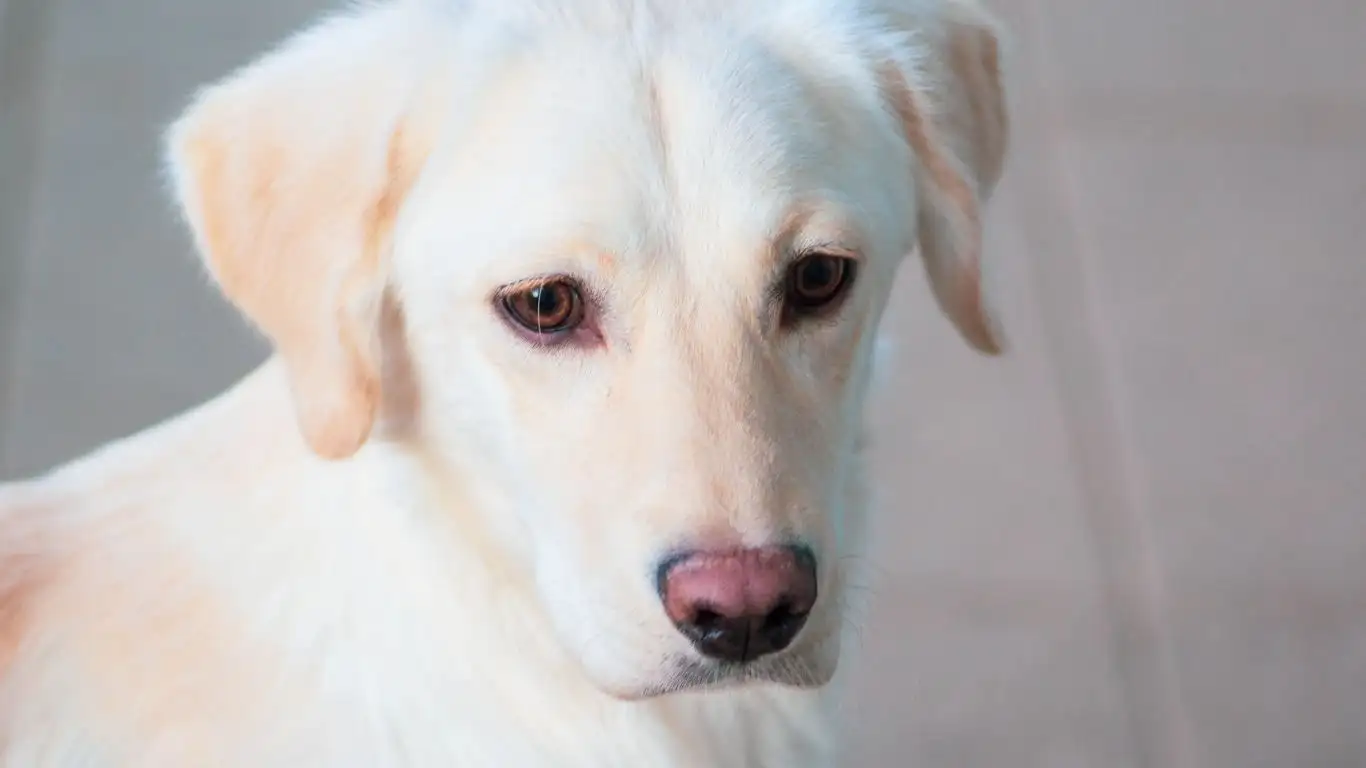
Let’s be real—confidence is key when it comes to helping your pup overcome nervous habits. And when we talk about how to train a dog to not pee when nervous, confidence-building isn’t just optional—it’s essential. In my experience, a dog that believes in itself is way less likely to have those anxious slip-ups.
So how do you build that confidence? Through lots and lots of positive reinforcement. Treats, praise, playtime—anything your dog finds rewarding can be used to mark and encourage the behaviors you want to see more of. Just remember, timing is everything. Reinforce the calm, not the chaos.
Quick Wins to Boost Your Dog’s Confidence
- Teach easy commands like “sit,” “touch,” or “look at me” with treats
- Celebrate small wins—like staying calm around a new person
- Use food puzzles to build problem-solving skills
- Introduce novelty gradually—one new thing at a time
One of my favorite stories is about Luna, a skittish husky-mix who used to pee every time someone put on a coat (she associated it with being left alone). We started giving her a little training treat every time someone grabbed their coat calmly—and over a few weeks, the peeing stopped. She started wagging instead of worrying.
Desensitization and Counterconditioning Techniques

Alright, here’s where we get a bit technical—but I promise it’s worth it. Two of the most powerful behavior modification tools in the dog training world are desensitization and counterconditioning. These aren’t just big fancy words—they’re the heart of many successful transformations I’ve seen over the years.
Desensitization means exposing your dog to a trigger (like a loud voice or a visitor) at a low enough level that they don’t react. Counterconditioning means pairing that trigger with something positive, like treats or play.
Step-by-Step Breakdown
- Identify the trigger—What’s causing the nervous pee? New people? Certain sounds?
- Control the environment—Start small. If it’s people, use one calm person at a distance.
- Pair it with rewards—Give treats the moment your dog sees the trigger but remains calm.
- Increase intensity slowly—Over time, decrease the distance or increase the stimulus gradually.
I once worked with a dachshund who peed every time his owner’s boyfriend walked in the door. We had him enter quietly, toss a treat, and walk away—no eye contact, no pressure. After two weeks, the dog started wagging at the sound of the door instead of squatting nervously. Total turnaround.
How to Handle Accidents Without Setbacks
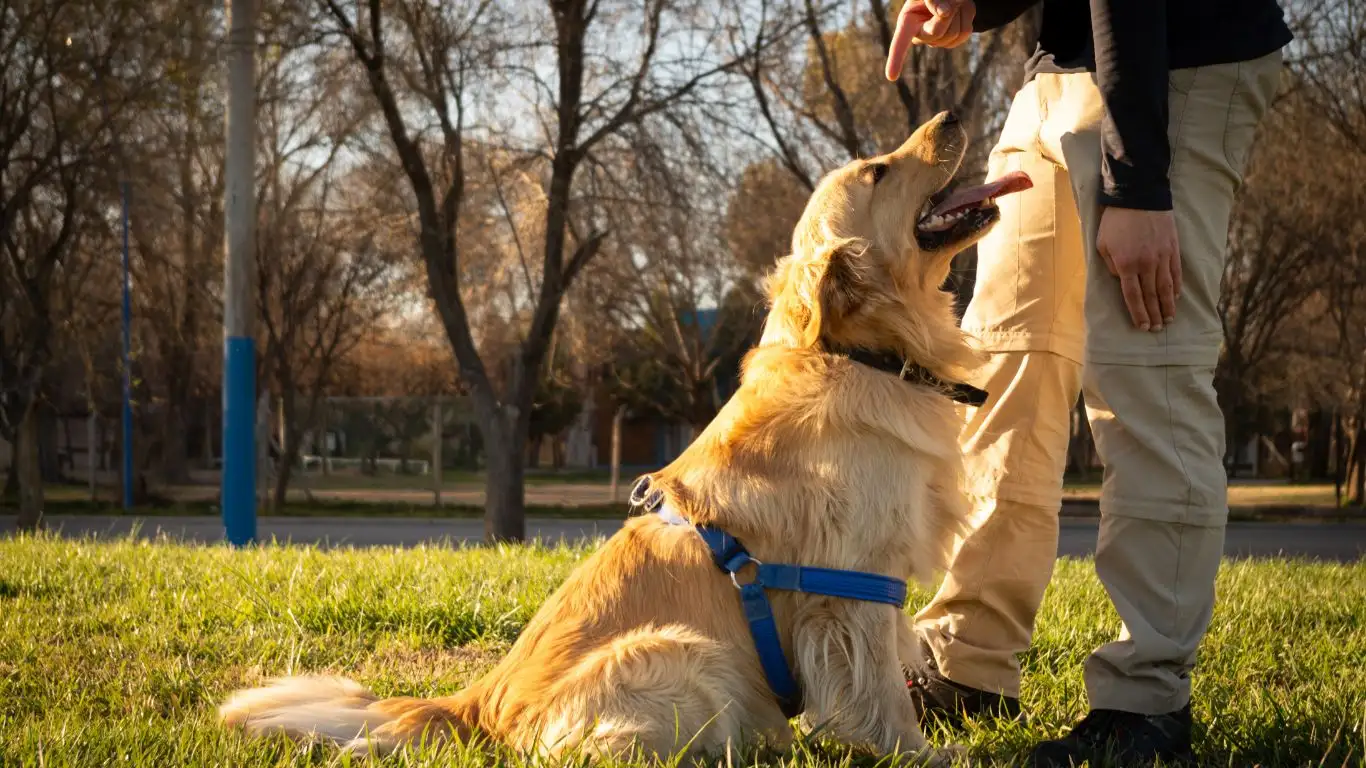
Even with all the best strategies in place, accidents can still happen. And that’s okay. What matters most is how you respond. I always tell my clients: setbacks don’t mean failure—they just mean we’re still learning. And dogs are always learning, one moment at a time.
What NOT to Do
- Don’t scold or punish—It’ll only make your dog more anxious
- Don’t rub their nose in it—It’s outdated, ineffective, and cruel
- Don’t make a big deal—Even frustration can sound scary to a nervous pup
What TO Do Instead
- Calmly clean up the mess with an enzymatic cleaner (trust me, it matters)
- Take mental note of what might’ve triggered it
- Revisit your training strategy and tweak if needed
- Reward calm moments later that day—keep the vibe positive
With a little patience, your dog will begin to realize that the world isn’t so scary—and that calm behavior leads to treats, praise, and love. As someone who’s seen countless dogs go from anxious puddle-makers to confident companions, I can tell you: it’s not only possible—it’s worth it.
Stay consistent, stay kind, and keep showing up. Your dog is learning from you every day.
When to Seek Professional Help
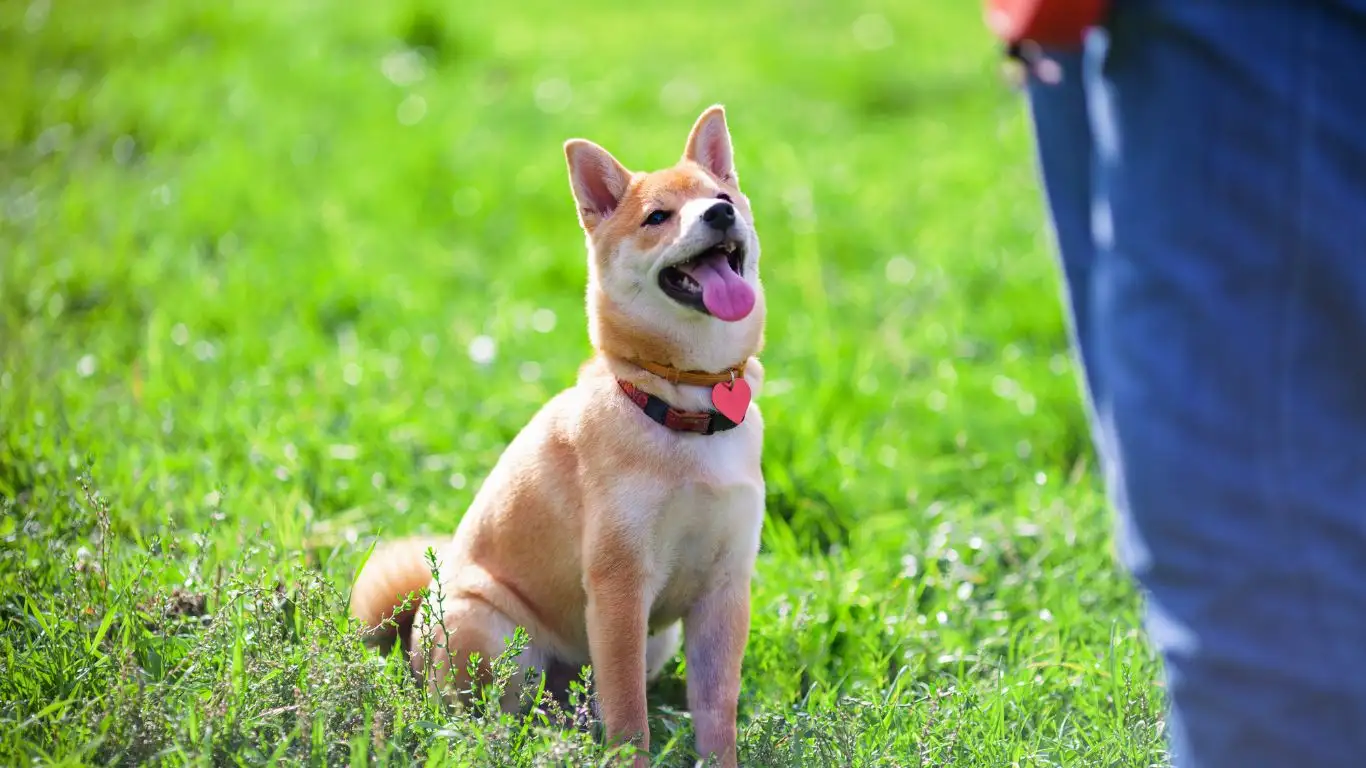
Sometimes, even when you’re doing all the right things—calm greetings, positive reinforcement, consistent routines—the nervous peeing still lingers. And that’s okay. Every dog is unique, and for some, professional guidance can really make the difference.
In my work as a Canine-Assisted Therapy Trainer, I’ve had many cases where progress stalled until we brought in a certified behaviorist. Nervous urination can occasionally point to deeper anxiety or even past trauma, especially with rescues. Don’t see it as failure—see it as investing in your dog’s emotional well-being.
Signs It’s Time to Call a Pro
- Your dog is over 1 year old and still pees regularly when nervous
- Accidents happen even without obvious triggers
- Your dog shows signs of extreme anxiety—shaking, hiding, whining
- Other behavior issues are also present (e.g., aggression, fear biting)
One of my clients, a sweet lab named Cody, didn’t start improving until we involved a veterinary behaviorist. Turns out his nervous peeing was linked to a neurological sensitivity that needed medication and a specialized plan. Once that was in place, training actually started to stick.
Medical Considerations You Shouldn’t Overlook
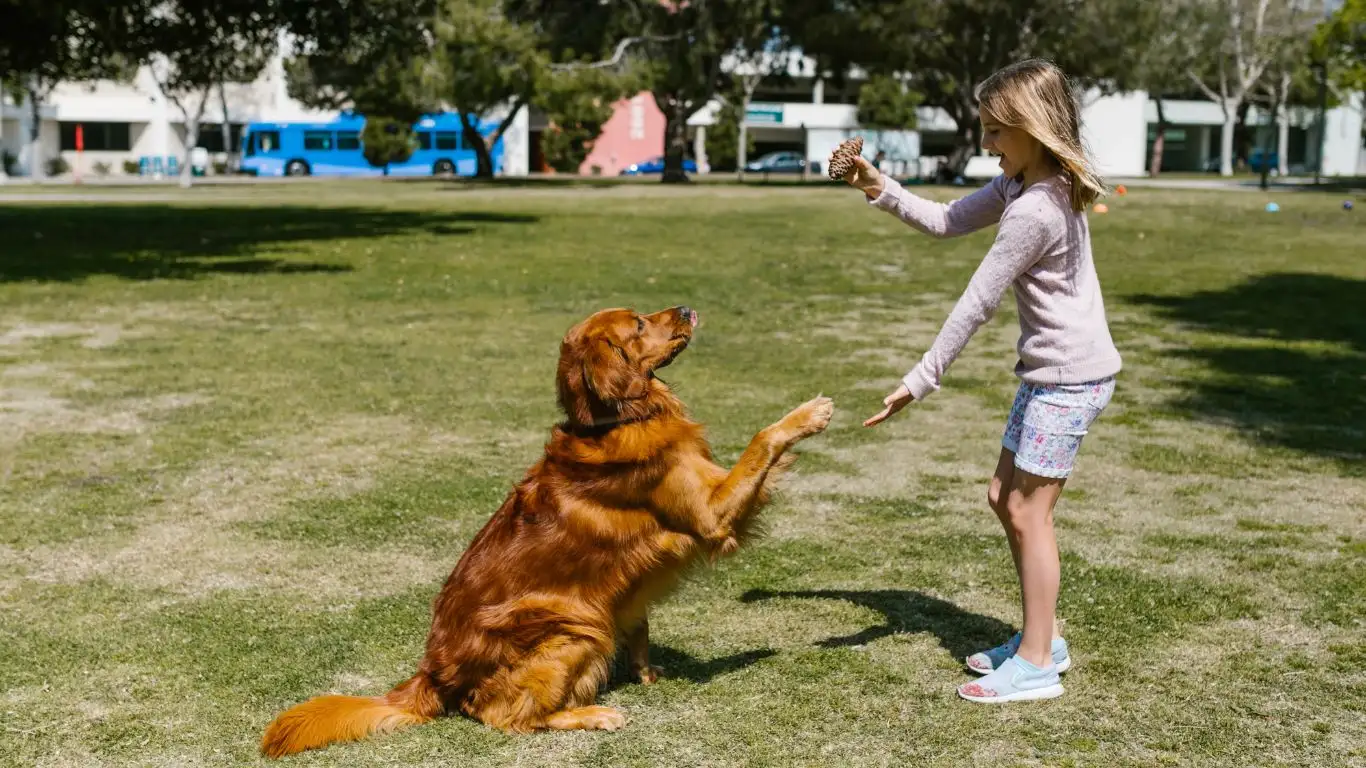
Here’s a truth bomb: sometimes what looks like behavioral nervousness is actually medical. If your dog is having frequent accidents and training isn’t making progress, you need to rule out health issues first. I always ask clients if they’ve done a vet check before we dig into a training plan.
Conditions That Can Mimic Nervous Peeing
- Urinary tract infections (UTIs) – very common, especially in females
- Incontinence – can affect older dogs or those with spay/neuter complications
- Kidney/bladder issues – less common but worth screening for
- Spinal nerve problems – especially if paired with weakness or limping
If your vet rules out any underlying conditions, you can feel more confident that it’s truly a behavioral issue—and then keep working on how to train a dog to not pee when nervous with a clearer path ahead.
Consistency: Your Secret Weapon
If there’s one word I repeat constantly in dog training, it’s consistency. It’s not glamorous, but it works. Dogs don’t understand “sometimes.” They thrive on repetition and clarity. That means every family member, every greeting, every reaction needs to follow the same pattern.
Ways to Keep Training Consistent
- Create a simple “calm greeting” protocol everyone follows
- Use the same verbal cues and reward timing
- Journal progress—note when accidents happen and what triggered them
- Stick to a daily schedule—dogs love predictable routines
I always share this trick with my clients: keep a “pee tracker” notebook on the fridge. It helps you see patterns you’d otherwise miss. Maybe your dog pees more after being alone or when certain visitors arrive. Spotting those trends is like unlocking a cheat code for success.
Celebrating Progress (Even the Tiny Stuff)
It’s easy to get caught up in setbacks or compare your dog to others, but don’t forget to celebrate the wins. Even tiny ones. That first visit from a friend with no pee? Victory. A wag instead of a cower when you grab your keys? Huge.
I’ve walked with hundreds of families through this journey, and I’ll tell you this—it’s not just about avoiding messes. It’s about building trust, communication, and a bond that deepens every day. The bathroom wins are just a byproduct of something bigger: your dog learning the world is safe.
References
Disclaimer
The content in this article is for informational purposes only and should not be considered a substitute for professional veterinary or behaviorist advice. Always consult with your veterinarian or a certified dog trainer when addressing behavior concerns.
Thanks for sticking with me through this guide. As someone who’s helped many nervous pups find their confidence, I promise—your dog can get there too. Just take it step by step, stay patient, and keep showing up with love and consistency. You’ve got this.
